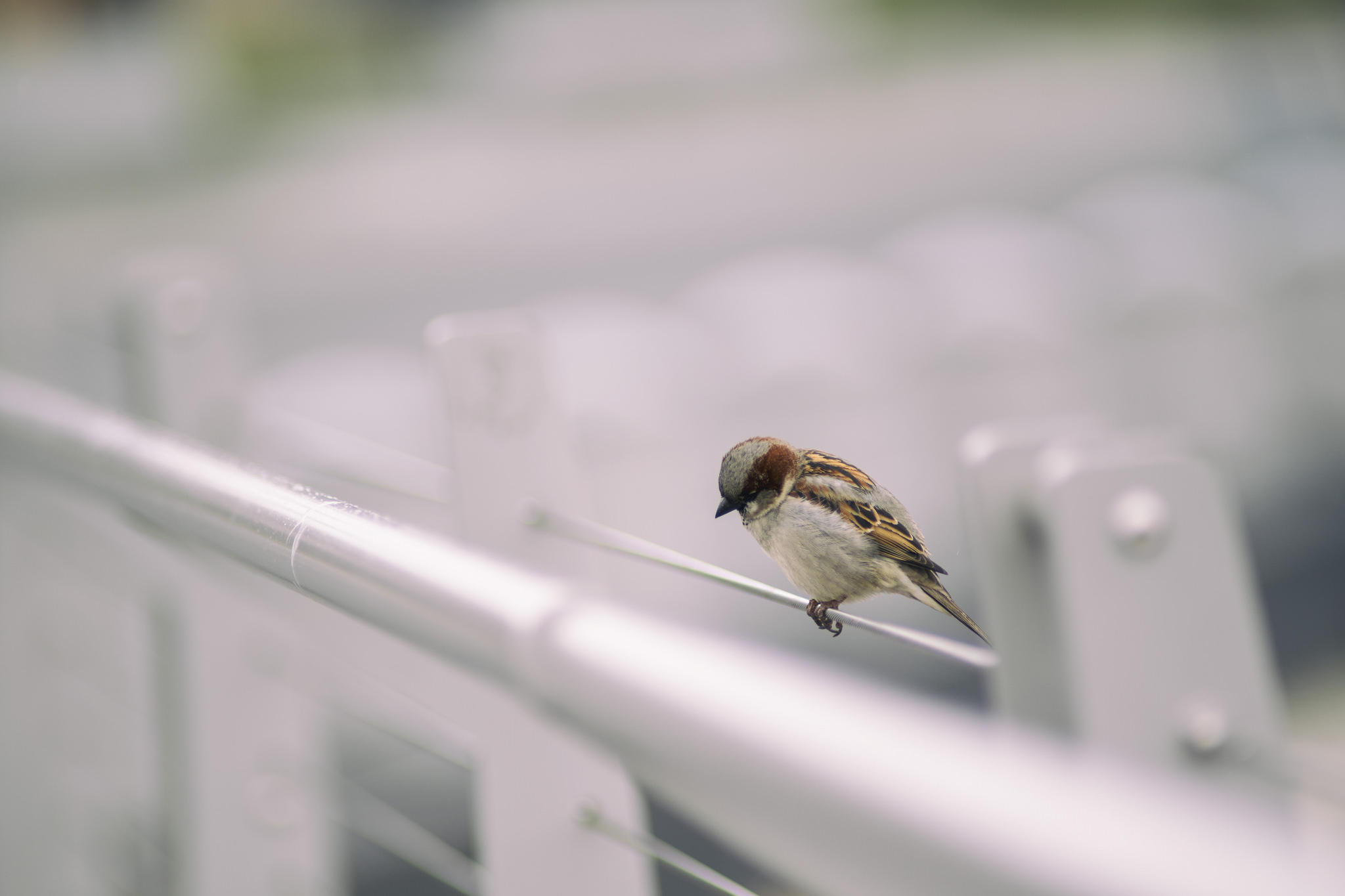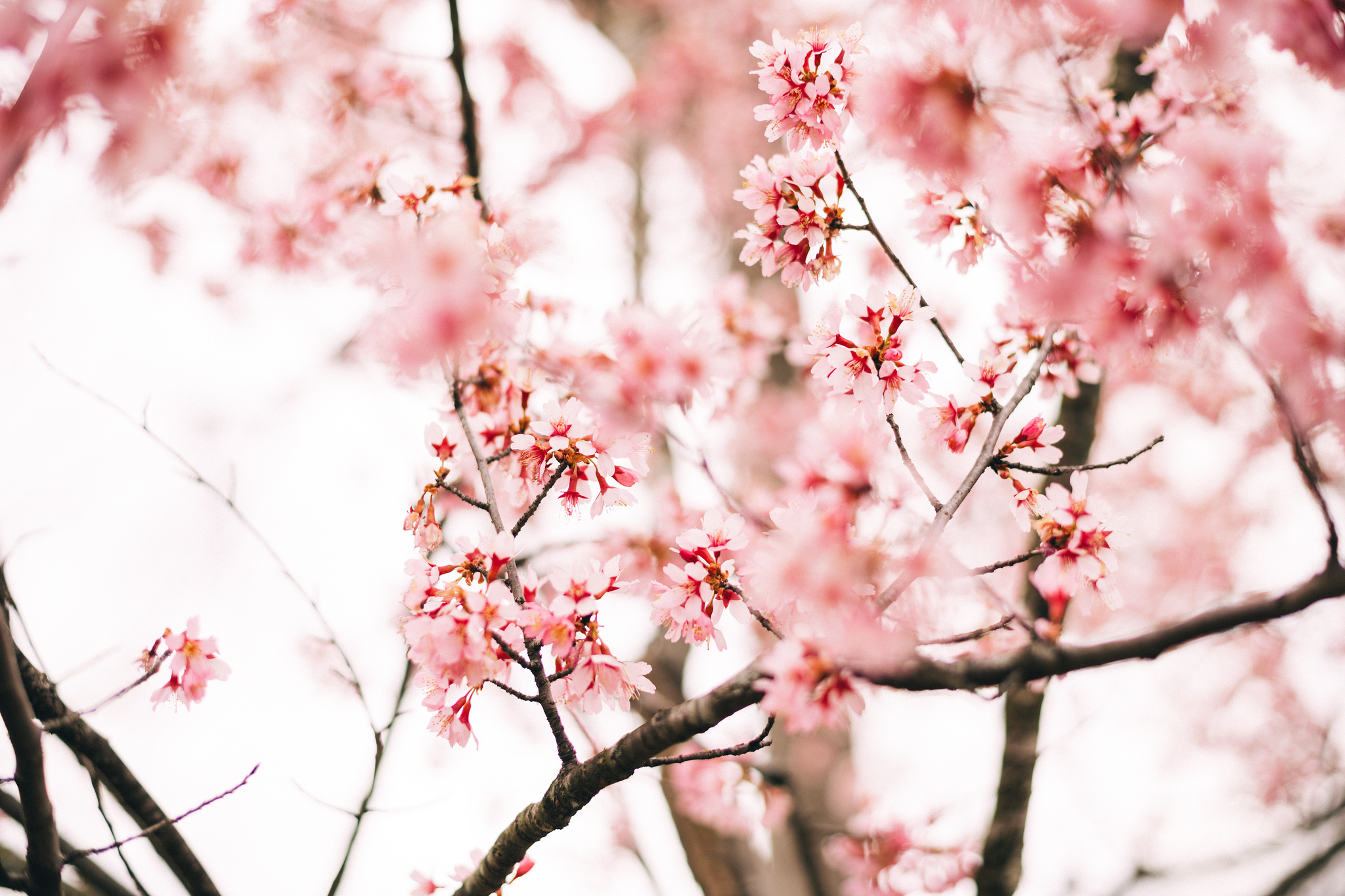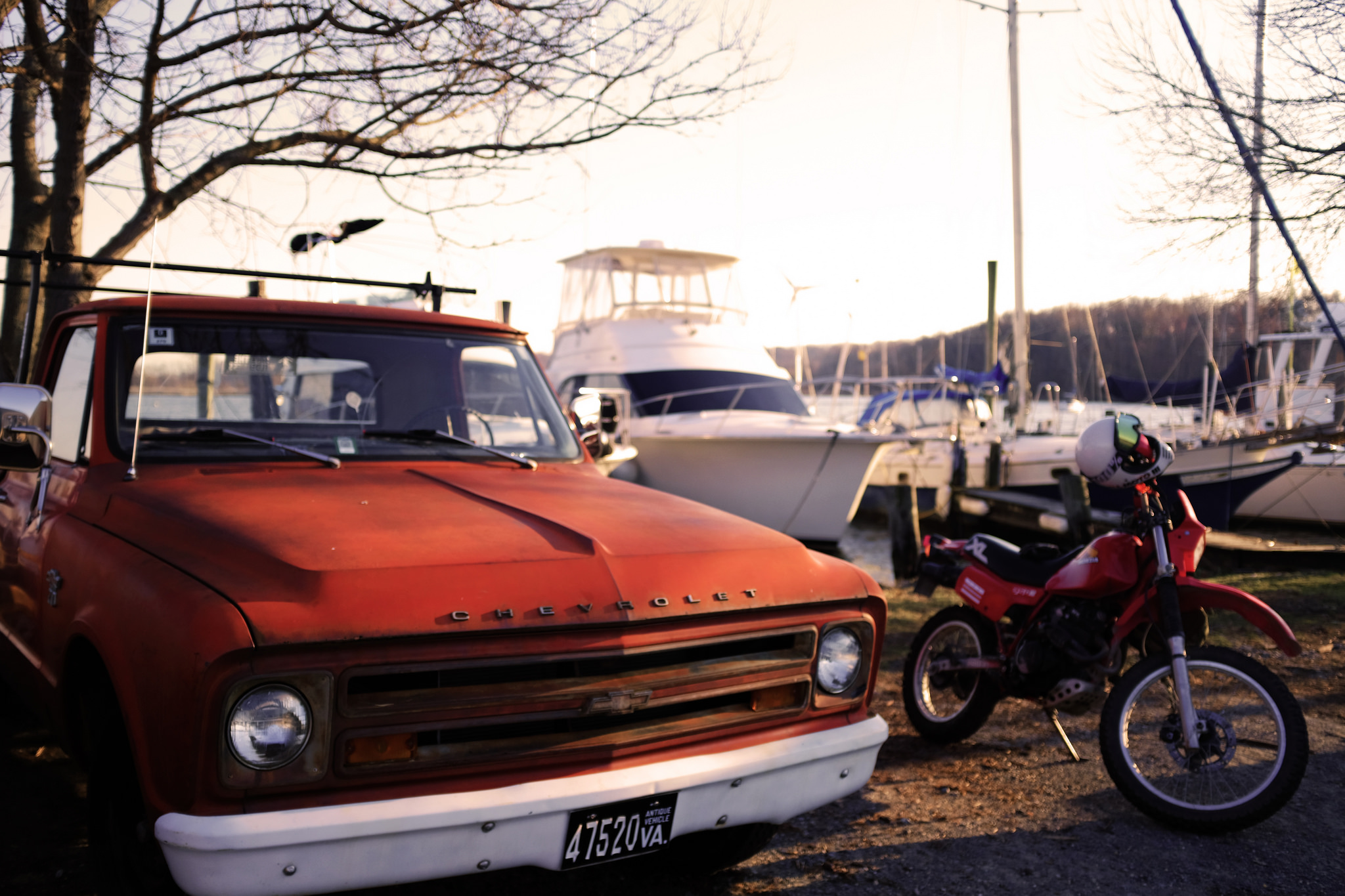This image is not your typical cherry blossom season photograph but what a great long exposure shot taken by Kevin Wolf at the Tidal Basin! He maximizes the long exposure by combining the stillness of the cherry blossom trees with the movement of passersby. When taking shots like this, it is best to use a tripod for maximum stability as well as a timer or wireless remote so that you do not shake the camera. The main setting you will have to play with is the shutter speed, which is the length of time your camera shutter is open, and this will vary depending on how fast your subject is moving. A slower shutter speed may mean lowering your ISO and using a smaller aperture to get the proper exposure.
In Frame: April 4, 2018
For all our bird watching aficionados, check out Mike Maguire‘s photo taken at the Georgetown Waterfront! Mike does a great job of isolating his subject and eliminating elements that could detract from it. Using a vintage Canon 200mm lens, he captures the softness of the bird’s feathers and the detail of its pattern. It is quite challenging to get up close to a bird without them flying away, so having a longer focal length lets you photograph birds from farther away. Additionally, a greater focal length enables you to create a more blurred background, putting emphasis on the subject. Thanks for the excellent nature shot, Mike!
In Frame: March 29, 2018
Truly blown away by Beau Finley‘s photograph taken in the walkway of the National Gallery of Art and his ability to capture motion blur. Motion blur occurs when the image being documented changes during the recording of a single exposure, from either rapid movement or long exposure. When implementing the element of blur in a photograph, it is valuable to have a thorough understanding of contrast, such as light and dark, and what is static or shows motion within the frame. In Beau’s photo, the array of lights in the background distinctly outline the passerby despite the rapid movement. Thanks for sharing, Beau!
In Frame: March 21, 2018
With cherry blossom season almost in bloom, it seemed like a perfect opportunity to share this photograph. Kelly shot this image at f/2.5 with a maximum aperture value of 1.7. Using anything from f/2.8 or lower will allow you to capture the cherry blossoms with a crisp focus in your foreground and a soft background blur, just like this. Also, being mindful of your positioning will help you find the best frame. You may need to duck lower to the ground or move up to a higher point.
Unfortunately, the dazzling peak bloom of the cherry blossoms typically lasts for less than one week, so it is valuable to do your research in advance and pay close attention to weather trends. The National Cherry Blossom Festival in Washington, D.C. is from March 18 to April 17, so get out there and shoot! Thanks for sharing your work, Kelly!
In Frame: March 17, 2018
Certain elements can contribute to photographing cars successfully, as demonstrated here by Andrew Pasko-Reader. For example, picking the proper time of day when using natural light can result in a nice, soft illumination of the car’s paint. Generally, that time is a few minutes after the sun has gone down or a few minutes before it comes up. If this makes your shutter speed a bit slower, you can always use a tripod to steady the camera and still get a sharp photo. Thanks for sharing, Andrew!
- « Previous Page
- 1
- …
- 6
- 7
- 8
- 9
- 10
- 11
- Next Page »




